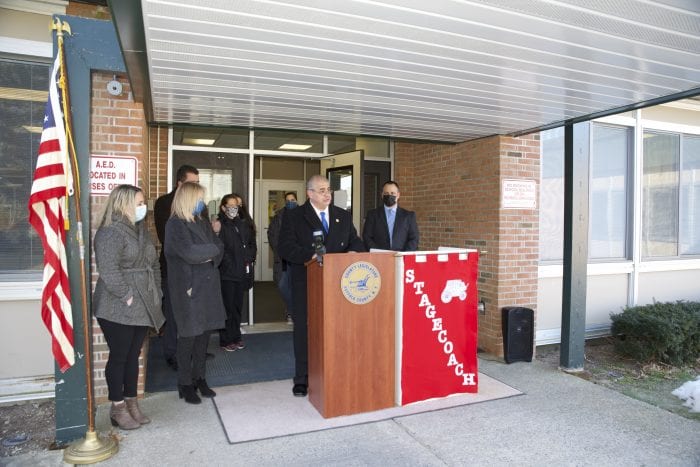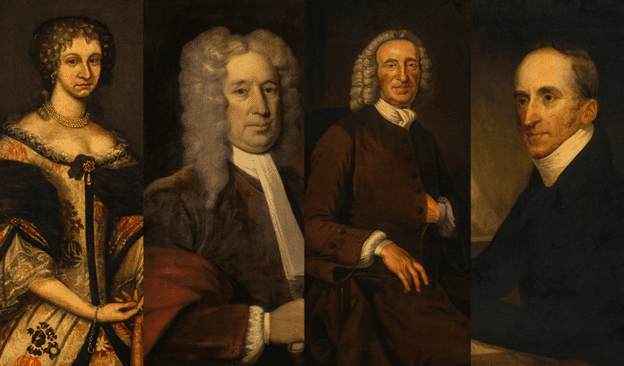1 of 23

Anna Lanze and Kylie Modine battle at net for the Eagles in a league IV home game against Sayville Mar. 13. Photo by Bill Landon

Rocky Point’s Anna Wood from the service line in a home game against Sayville Mar. 13. Photo by Bill Landon
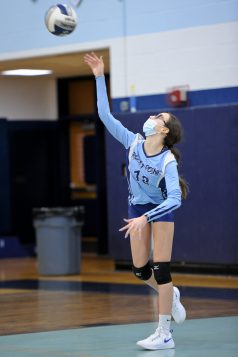
Rocky Point’s Anna Wood from the service line in a home game against Sayville Mar. 13. Photo by Bill Landon

Rocky Point Co-Captains Celine Singh and Julia Wheeler block at net for the Eagles in a league IV matchup at home against Sayville Mar. 13. Photo by Bill Landon

Celine Singh with a return for Rocky Point in a league IV matchup at home against Sayville Mar. 13. Bill Landon photo
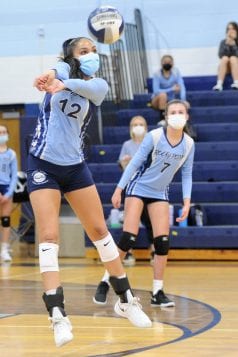
Rocky Point Co-Captain Celine Singh with a return against Sayville in a league IV game Mar. 13. Photo by Bill Landon
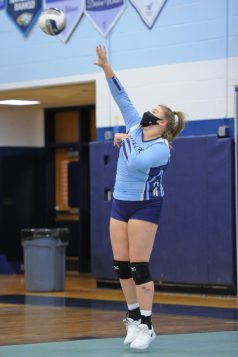
Kylie Modine from the service line for the Eagles in a league IV matchup at home against Sayville Mar. 13. Bill Landon photo
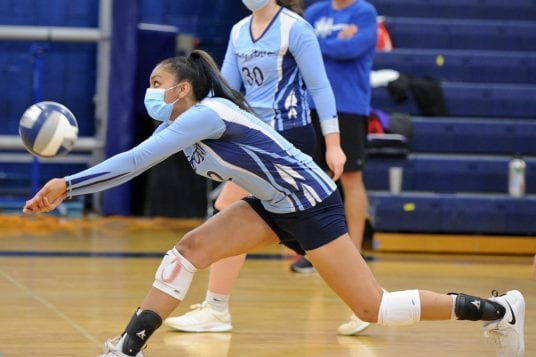
Rocky Point Co-Captain Celine Singh digs one out against Sayville in a league IV game Mar. 13. Photo by Bill Landon

Rocky Point Co-Captain Celine Singh spikes at net against Sayville in a league IV game Mar. 13. Photo by Bill Landon

Rocky Point Co-Captain Jessica Barrett sets the play for the Eagles at home against Sayville. Photo by Bill Landon

Rocky Point Co-Captain Julia Wheeler with a return against Sayville in a league IV game Mar. 13. Photo by Bill Landon
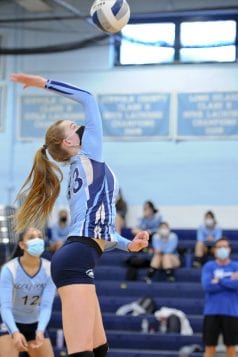
Rocky Point Co-Captain Julia Wheeler spikes at net against Sayville in a league IV game Mar. 13. Photo by Bill Landon
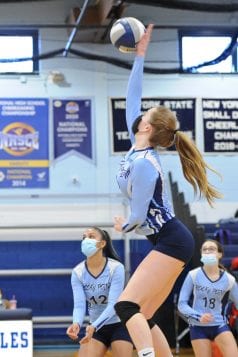
Rocky Point Co-Captain Julia Wheeler with a kill shot against Sayville in a league IV game Mar. 13. Photo by Bill Landon

Rocky Point Co-Captain Julia Wheeler at the service line against Sayville in a league IV game Mar. 13. Photo by Bill Landon

Rocky Point Co-Captain Julia Wheeler battles at the net against Sayville in a league IV game Mar. 13. Photo by Bill Landon
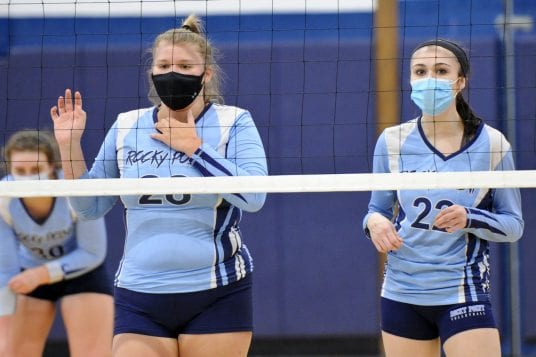
Kylie Modine and Anna Lanze at the ready for the Eagles in a league IV home game against Sayville Mar. 13. Photo by Bill Landon
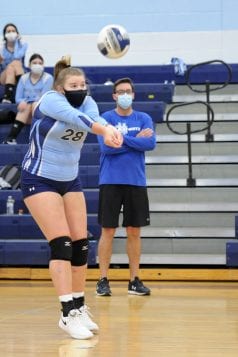
Kylie Modine with a return for the Eagles in a league IV matchup at home against Sayville Mar. 13. Bill Landon photo
The Eagles of Rocky Point opened their season with a nail-biting win against Hills West that went 5 sets but had all they could handle against Sayville in a league IV matchup March 13 at home falling to the Golden Flashes 25-13, 25-18, 25-14.
Rocky Point edged ahead early in the second set but Sayville had the upper hand at net to win their first game of the season.
The loss drops the Eagles to 1-2 where they’ll look to regain their winning ways on the road against Harborfields March 18 before returning home to host Kings Park the following day. Game time for both is 4 p.m.

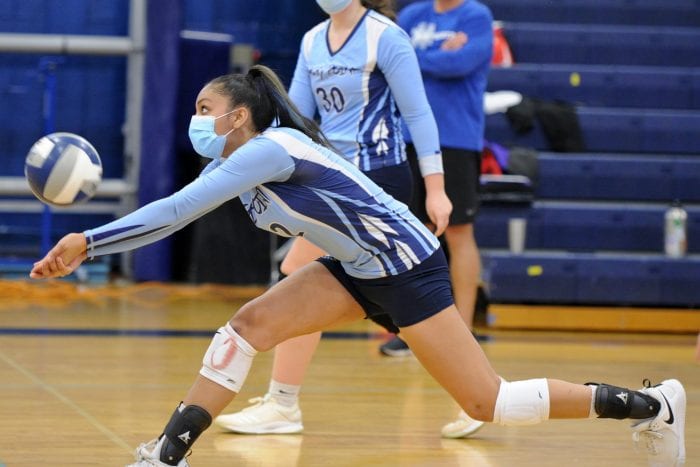

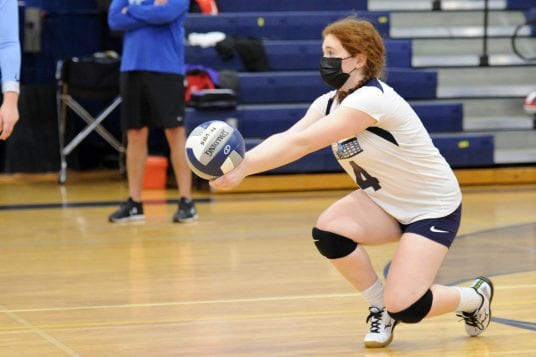
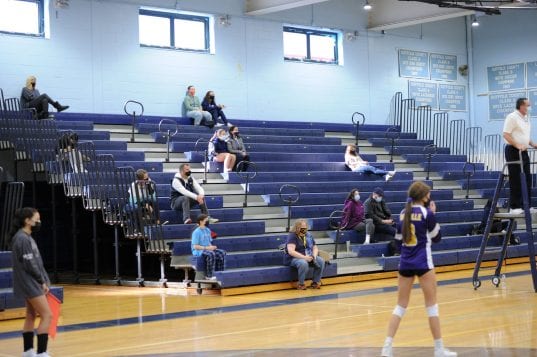


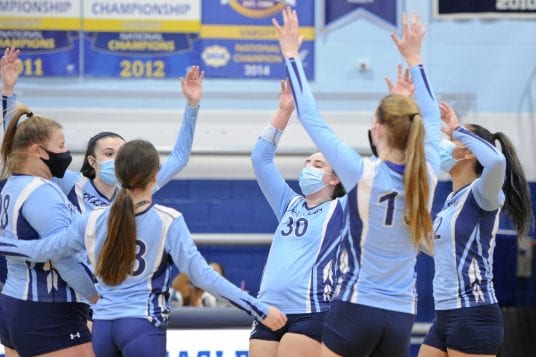

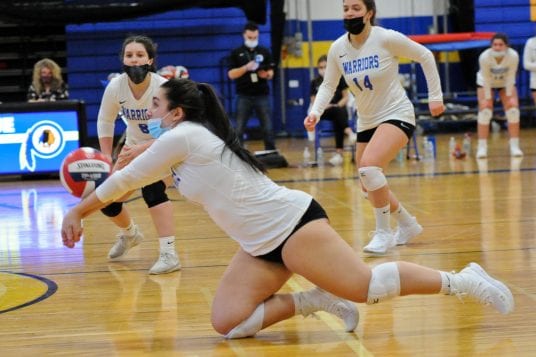












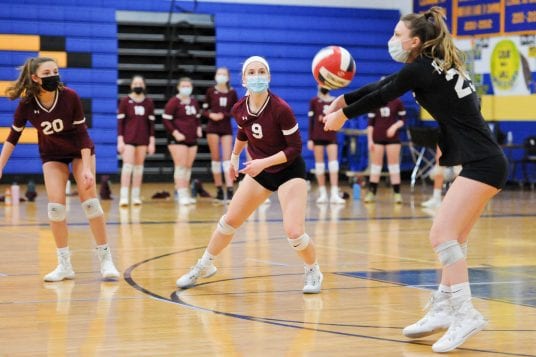
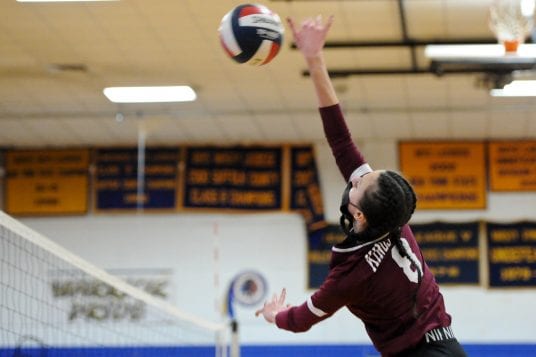





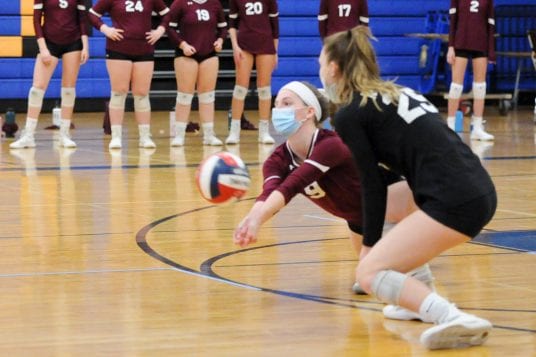

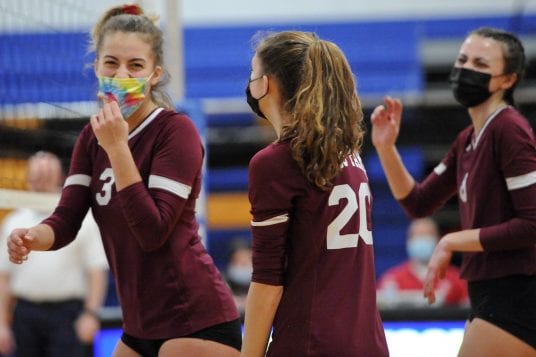


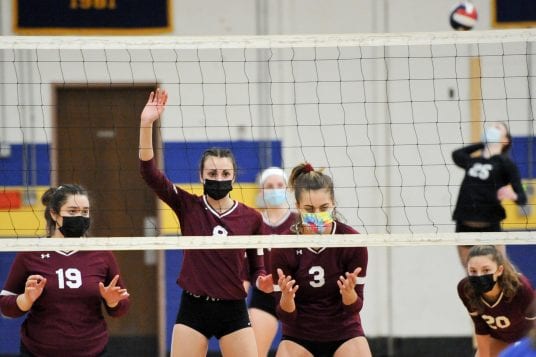




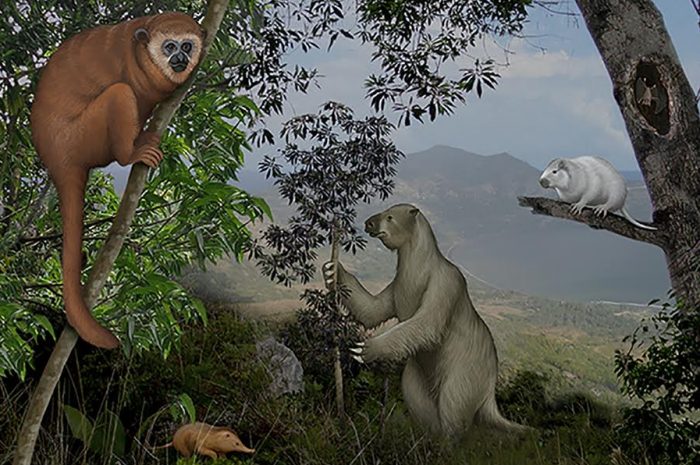




 Our waste stream includes packaging materials and paper goods. Bill S1185 has been introduced by Senator Todd Kaminski and it will be followed by A5801, to be introduced by Assemblyman Steve Englebright. They require producers and manufacturers to finance the recycling of their packaging materials and plastics, with incentives for finding ways of making recycling easier. Within three years of the bill’s implementation, producers will have to comply with the provisions of the bill or work with a producer responsibility organization.
Our waste stream includes packaging materials and paper goods. Bill S1185 has been introduced by Senator Todd Kaminski and it will be followed by A5801, to be introduced by Assemblyman Steve Englebright. They require producers and manufacturers to finance the recycling of their packaging materials and plastics, with incentives for finding ways of making recycling easier. Within three years of the bill’s implementation, producers will have to comply with the provisions of the bill or work with a producer responsibility organization.